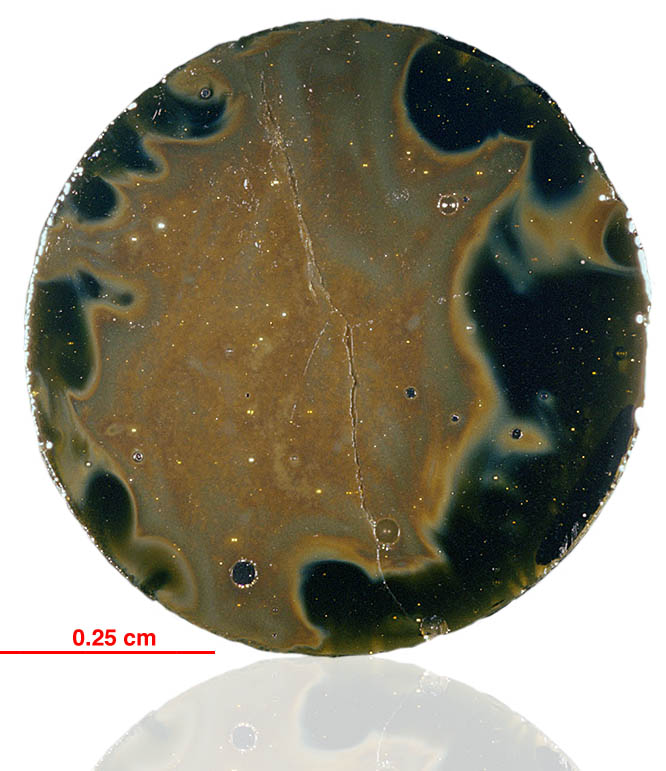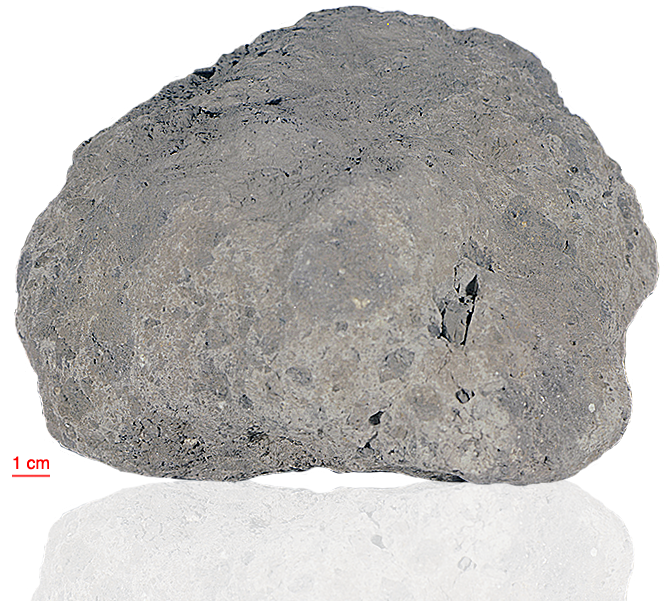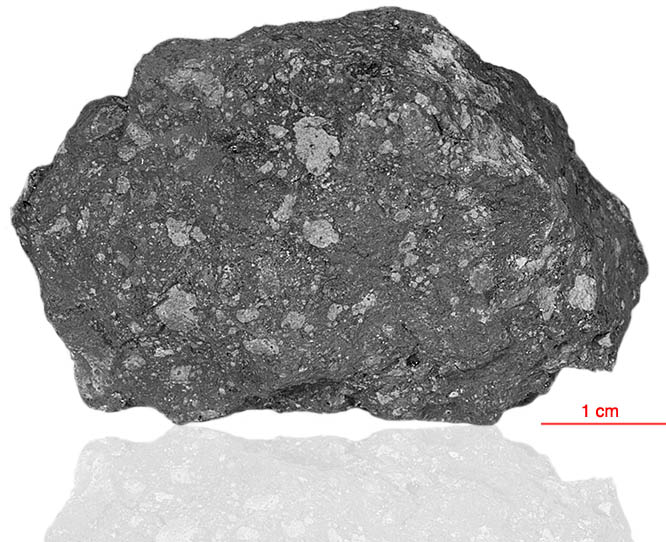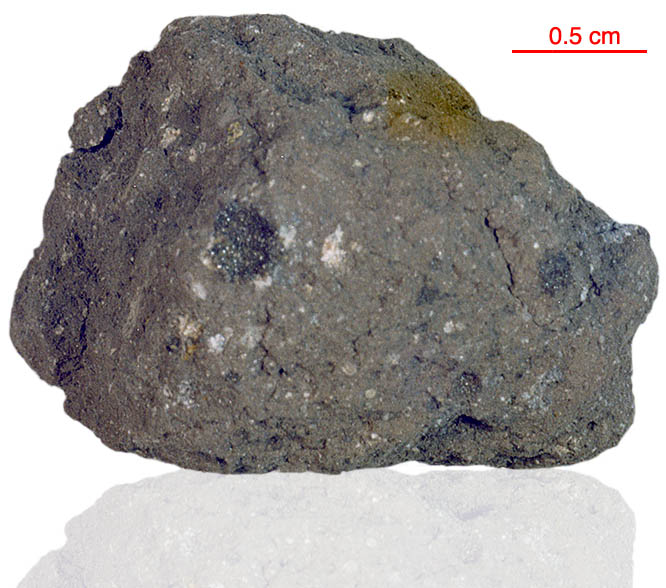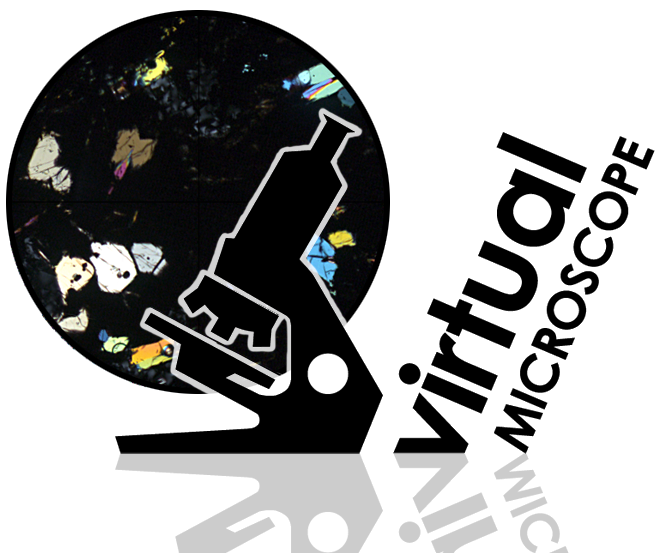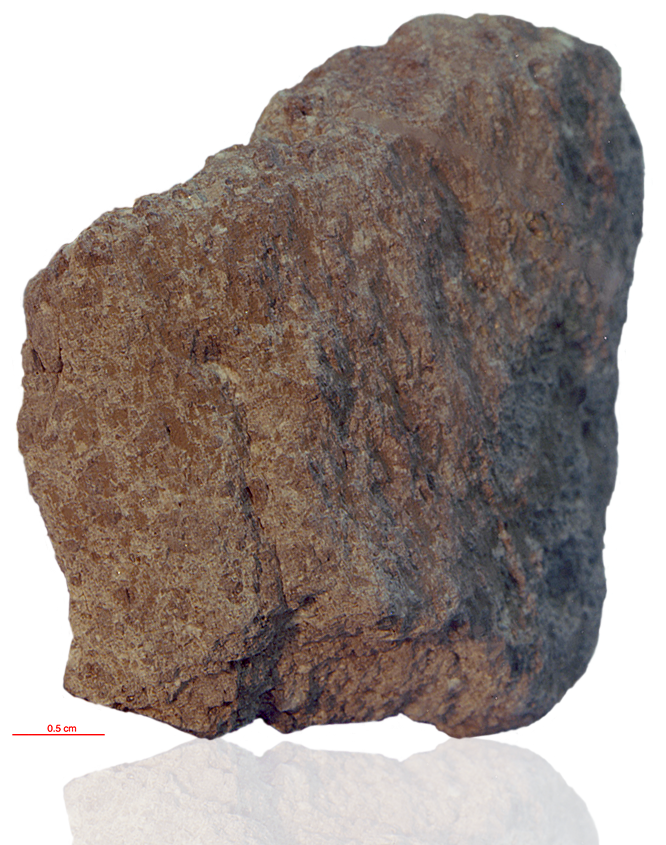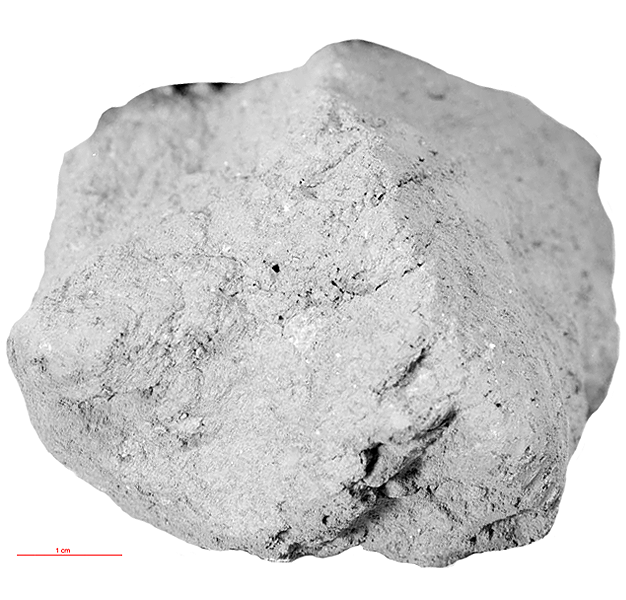
Fact sheet
14049 is a very fine-grained clastic rock having less than 1 % of sub-rounded light-coloured clasts in a medium-grey matrix. It has a high carbon content and surely was derived from local soil as an “instant rock”. It has been described as a regolith breccia. 14049 has a high percentage of brown glass and agglutinates. Small fragments of plagioclase-rich granulite are also common.
The sample weighed 200.1 grams before analysis. It has not been dated.
The mounting resin of this thin section has deteriorated over time and now contains clusters of feathery crystallites within and around the margins of the thin section.
Further details of this and other Apollo samples are here: http://curator.jsc.nasa.gov/lunar/
The Apollo 14 landing site was in a region formed by impact-basin debris.
Most of the 42 kilograms of rocks and soil collected on Apollo 14 are breccias (rocks that are composed of fragments of other, older rocks). In some cases, the rock fragments that form a breccia are themselves breccias. Such rocks obviously have experienced complex histories with multiple generations of impact events. Some breccias were heated enough that some of the material in the rock was melted.
Apollo 14 was launched on 31 January 1971.

